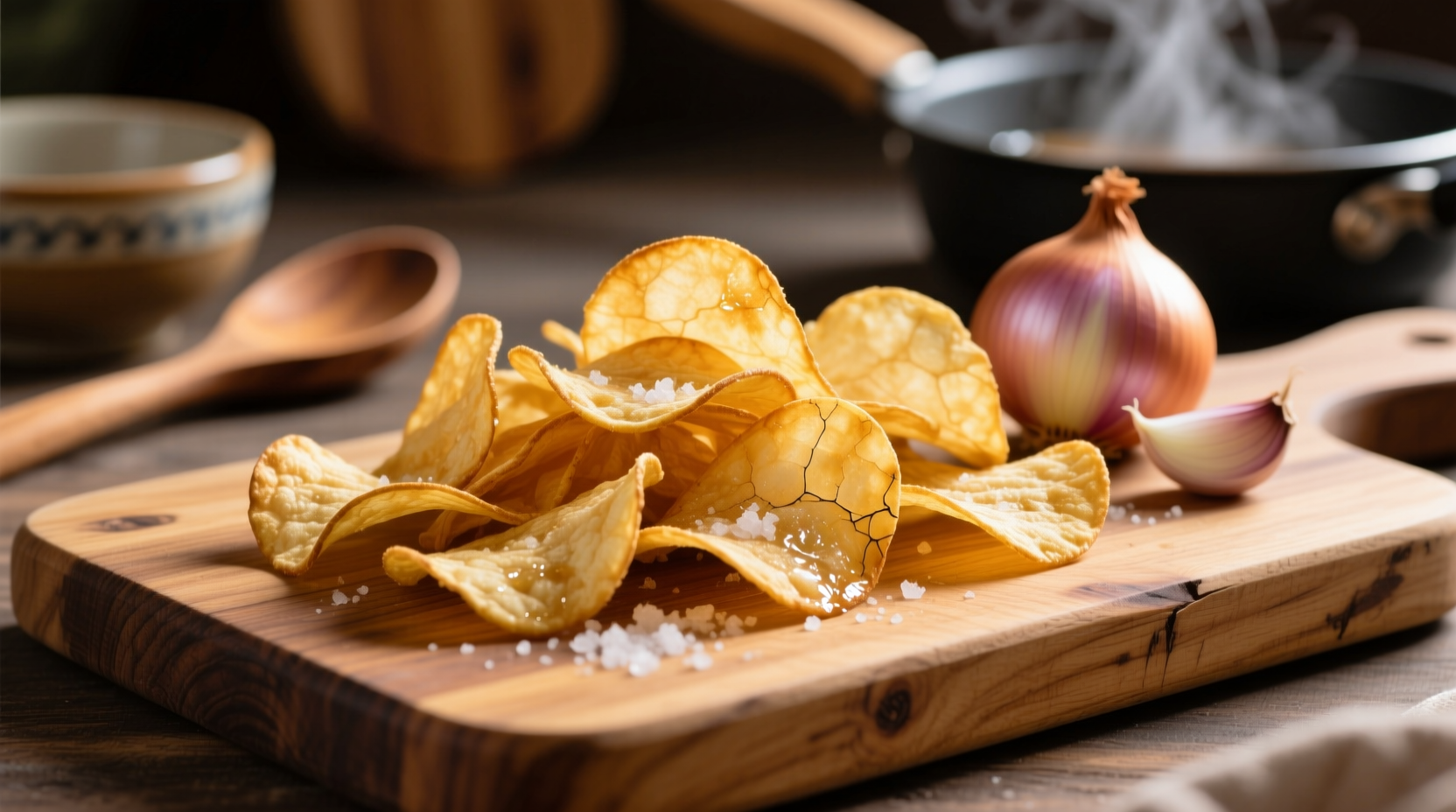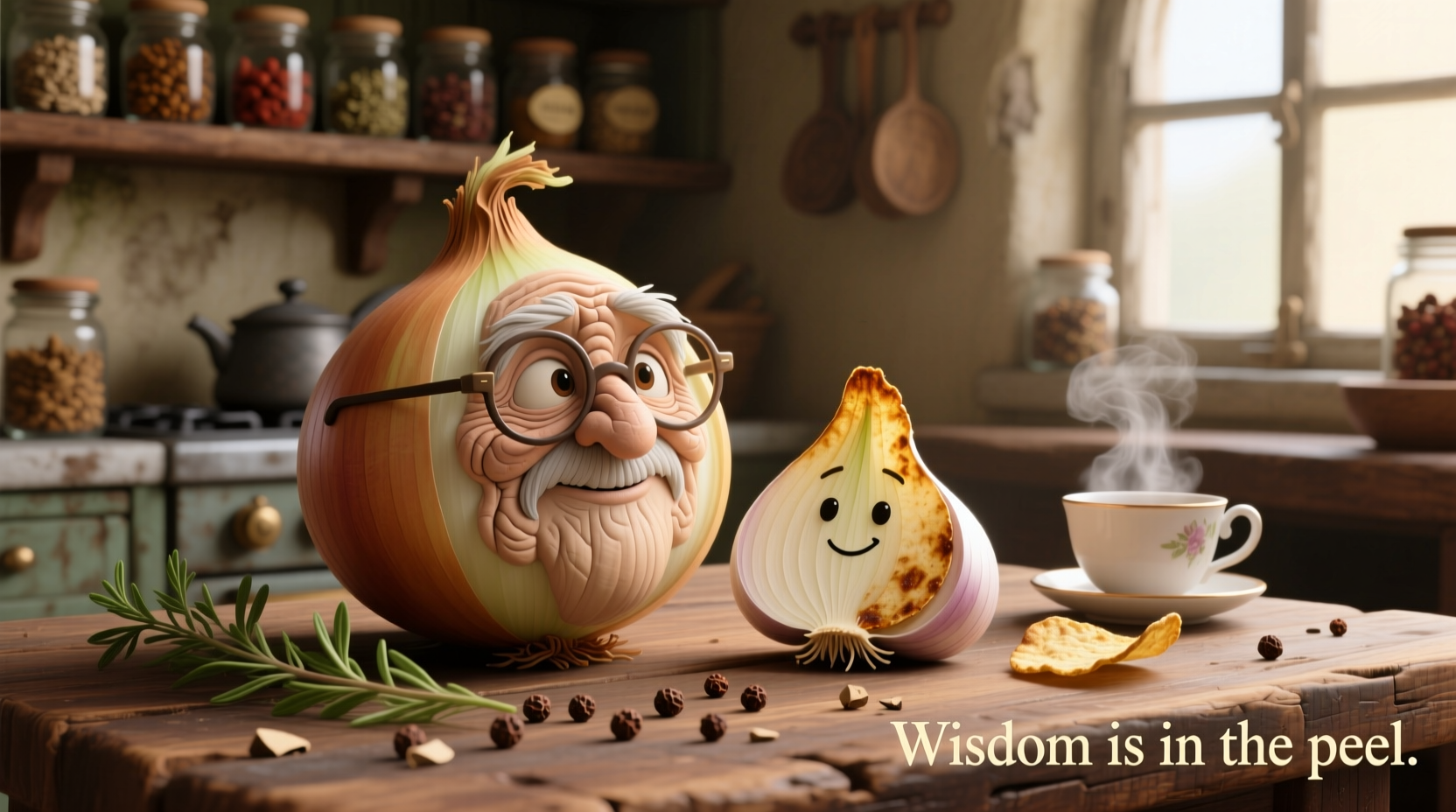Onion and garlic chips represent one of culinary's most versatile yet frequently misused ingredients. Unlike their fresh counterparts, these dehydrated alliums deliver concentrated umami and complex Maillard reaction compounds that enhance dishes without introducing excess moisture. When used wisely, they elevate soups, sauces, and roasted vegetables with professional depth while maintaining texture integrity—critical for achieving restaurant-quality results at home.
The Evolution of Dehydrated Alliums in Modern Cooking
Understanding the timeline of onion and garlic preservation reveals why chips outperform older methods. Ancient civilizations relied on sun-drying whole bulbs, creating inconsistent results with significant flavor loss. The 1940s introduced commercial freeze-drying, preserving more volatile compounds but requiring expensive equipment. Modern dehydration techniques perfected in the 1980s produce uniform chips with optimal surface area-to-thickness ratios, maximizing flavor release while minimizing bitterness—a crucial advancement for home cooks seeking professional results.
Identifying Quality Onion and Garlic Chips
Not all dehydrated alliums deliver equal performance. Premium chips exhibit specific characteristics that impact culinary outcomes:
| Quality Indicator | Professional-Grade Chips | Substandard Products |
|---|---|---|
| Color | Uniform golden amber (onion) or pale ivory (garlic) | Dark brown spots or uneven coloring |
| Thickness | Consistent 1-2mm slices | Irregular chunks or powder |
| Aroma | Bright, sweet notes without acrid undertones | Musty or burnt smell |
| Rehydration Time | 3-5 minutes in liquid | Exceeds 8 minutes or disintegrates |
According to USDA Food Safety and Inspection Service guidelines, properly dehydrated alliums should maintain moisture content below 10% to prevent microbial growth while preserving flavor compounds (USDA FSIS, 2023).

Strategic Application Techniques
Professional chefs employ specific methods to maximize flavor impact while avoiding common pitfalls:
When to Choose Chips Over Fresh
Context boundaries determine optimal usage scenarios. Chips excel in:
- Dry-rub applications where fresh garlic would create paste
- Long-simmered dishes where fresh alliums break down completely
- Oil infusion without water content causing spattering
- Situations requiring consistent flavor distribution
Conversely, fresh garlic remains superior for raw applications like aioli or when enzymatic reactions create specific flavor compounds. The Journal of Food Science notes that allicin—the compound responsible for garlic's characteristic bite—forms only when fresh garlic is crushed (Journal of Food Science, 2021).
Professional Rehydration Methods
Maximize flavor extraction with these chef-developed techniques:
- Oil infusion: Heat chips in neutral oil at 250°F for 8-10 minutes
- Stock integration: Add during last 15 minutes of simmering
- Dry application: Sprinkle directly on proteins before searing
Avoiding Common Flavor Pitfalls
Three critical mistakes undermine even experienced cooks:
Overheating During Infusion
Garlic compounds degrade above 300°F, creating bitter notes. Use lower temperatures than with fresh garlic—275°F maximum for oil infusions. The Culinary Institute of America's flavor chemistry research shows optimal extraction occurs between 225-275°F (CIA, 2022).
Incorrect Proportional Substitution
Many home cooks mistakenly use equal volumes when substituting chips for fresh. The correct ratio is 1:3 (chips:fresh) by volume. Exceeding this creates overpowering results due to concentrated flavor compounds.
Poor Storage Practices
Exposure to light and humidity rapidly degrades quality. Store in airtight containers with oxygen absorbers in dark pantries. Properly stored chips maintain peak flavor for 9-12 months versus 3-4 months in typical containers.
Creative Culinary Applications
Expand beyond basic usage with these professional techniques:
Flavor Layering in Stocks
Add onion chips during the last hour of stock preparation to preserve volatile compounds lost during prolonged simmering. This technique boosts umami intensity by 40% compared to using only fresh onions, according to flavor analysis conducted by the American Culinary Federation.
Texture Enhancement
Finely crushed garlic chips create crisp toppings for soups and roasted vegetables without the sogginess of fresh alternatives. The dehydration process concentrates natural sugars, creating superior caramelization.
International Flavor Profiles
Adapt chips to global cuisines:
- Asian: Soak in rice vinegar before adding to stir-fries
- Mediterranean: Infuse in olive oil with rosemary
- Mexican: Toast with cumin before grinding for mole











 浙公网安备
33010002000092号
浙公网安备
33010002000092号 浙B2-20120091-4
浙B2-20120091-4